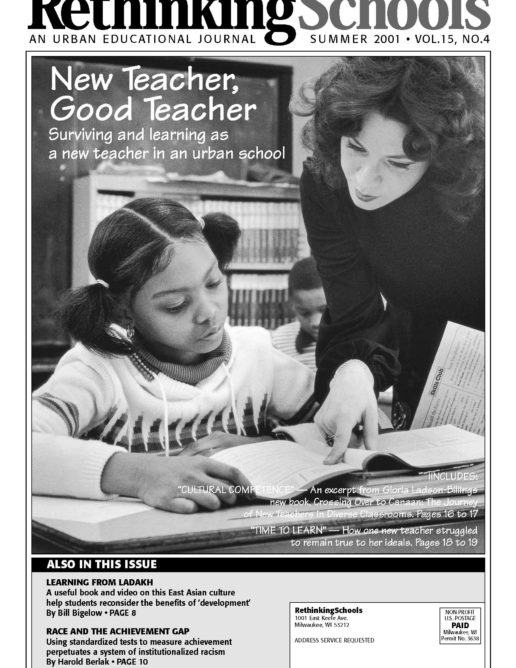Preview of Article:
Haiku and Hiroshima
A high school teacher uses an animated film and haiku poetry to raise awareness about the events of August 1945 and the dropping of the atomic bomb.
As teachers know, some classroom materials invariably work, no matter the group of students. Barefoot Gen is one of them.
Barefoot Gen, a Japanese animation full-length feature, tells the story of Gen (pronounced with a hard “G”), a young boy who, along with his mother, survives the bombing of Hiroshima.
The story chronicles their struggles as they try to rebuild their lives from the bomb’s ashes. It is based on the critically acclaimed, semi-autobiographical Japanese comic book series “Hadashi no Gen,” by Keiji Nakazawa. Both the comic strip and the feature film oppose the Japanese government’s actions during World War II and include criticism of the intense poverty and suffering forced onto the Japanese people by their government’s war effort.
The film’s critical eye points to one of the lessons I want students to draw from Barefoot Gen: that it is important to scrutinize the relationship between the people of a county and the actions of their government — ours included. I want my students to understand that as thinking human beings, we have the right to disagree and protest when a government’s actions are not in the interests of humanity, as Gen’s father does or as many U.S. people do in condemning the bombing of Hiroshima and Nagasaki.
I also find the film useful to help students look beyond the demonized and often racist images of the Japanese, particularly in the context of World War II, and see actual people living, dying, and protesting their government’s actions.</p

